Clivia
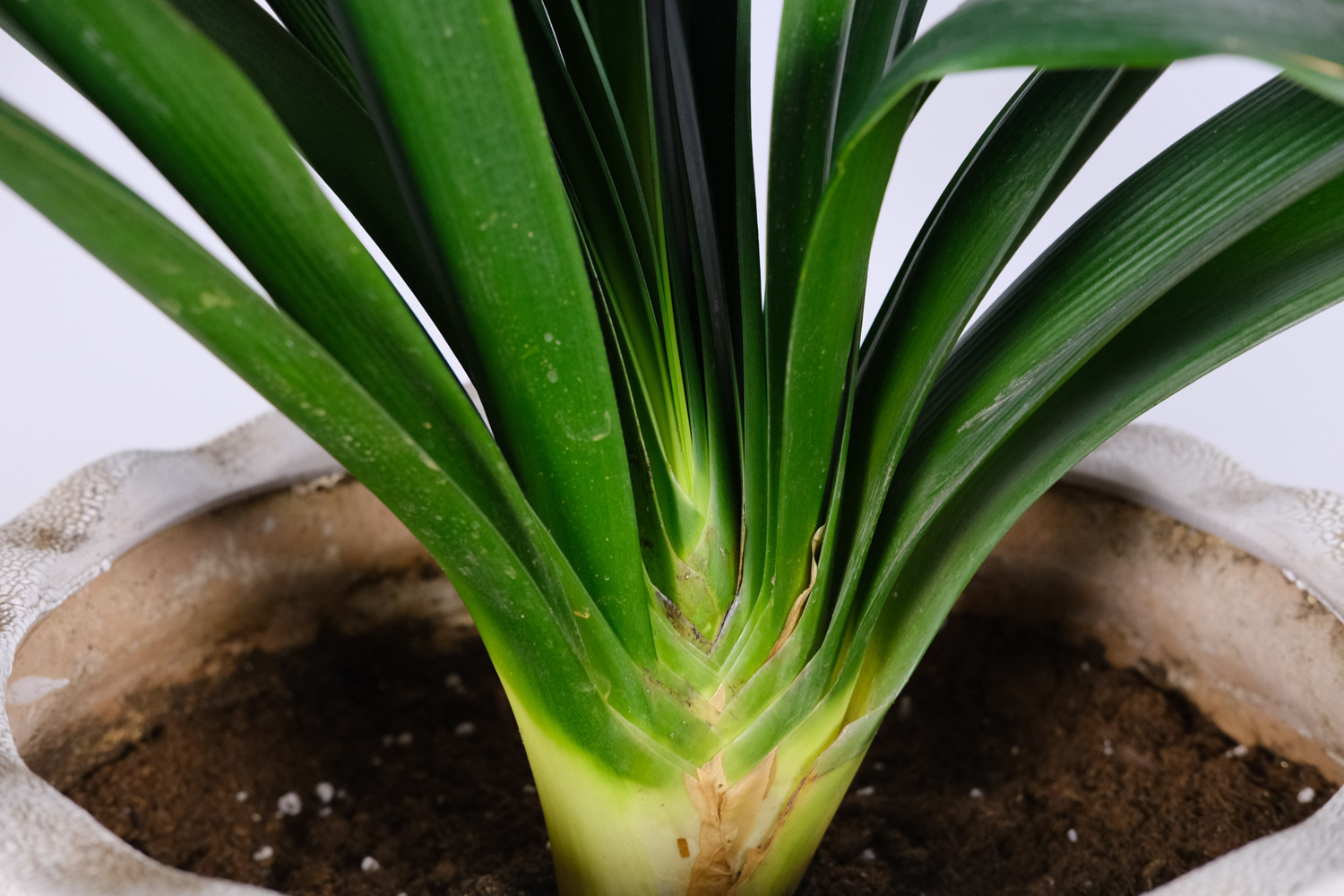
1. In autumn, when the temperature drops below 25 ℃, Clivia gradually wakes up from semi dormancy. The shading net can be removed and Clivia can be exposed to the sun
2. In autumn, it's good to pour it once in about 2-3 days. Keep the basin soil slightly dry, and spray water towards the leaf surface once in about 3-5 days
3. Clivia began to grow gradually in autumn, and the fertilizer demand increased. Fermented fishy water or bean cake water can be applied every half a month
Longevity flower
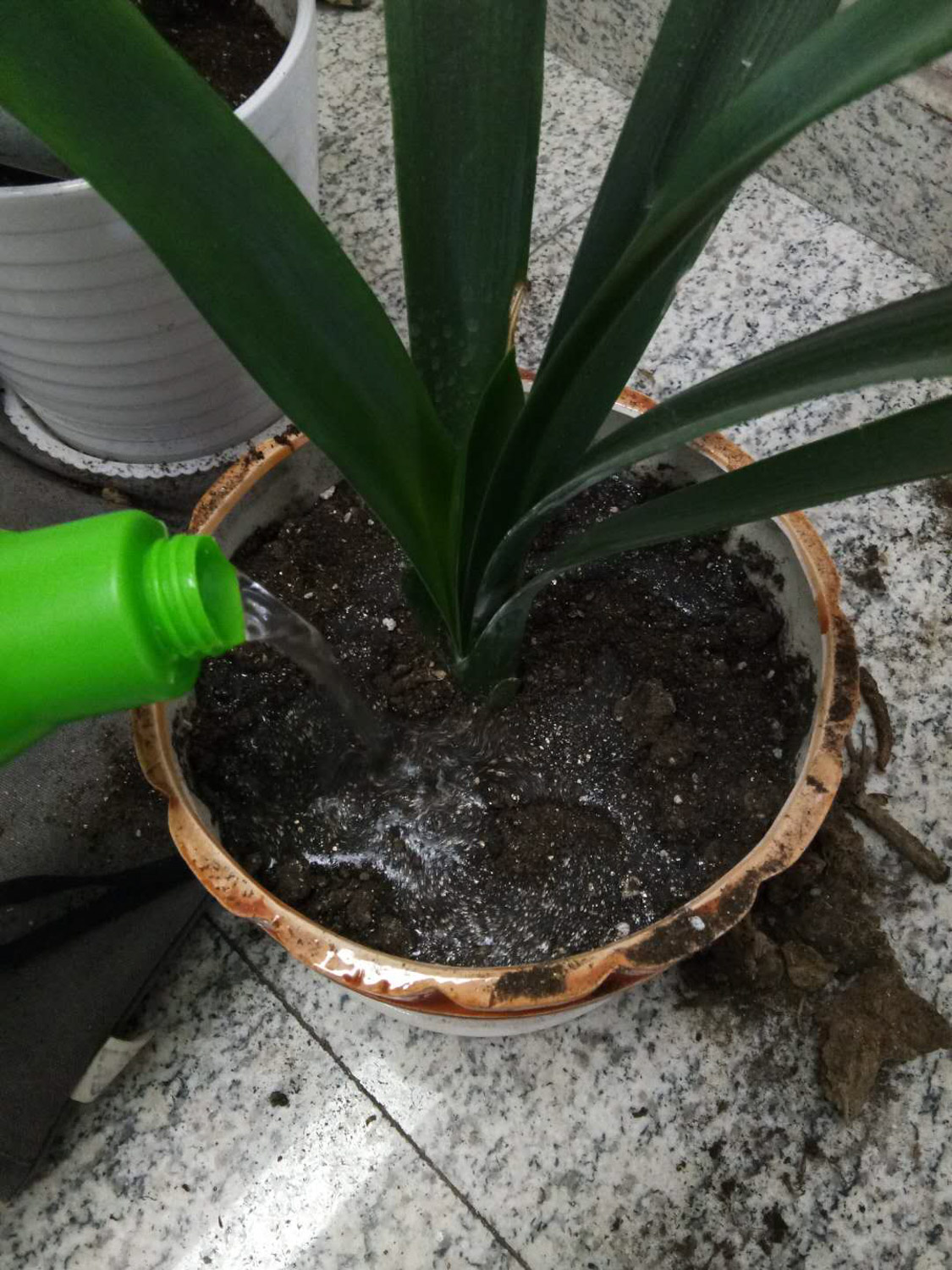
1. After autumn, Changshou flower stops dormancy and begins to enter the growth period. In addition to proper shading at noon, it is guaranteed to have 4 hours of direct light every day at other times
2. Gradually increase the amount of watering, from once in half a month in summer to once in 5-7 days. It is found that the basin soil is dry and then watered
3. Gradually change from non fertilization to fertilizer application 2-3 times a month, mainly nitrogen fertilizer
Geranium
1. When the temperature is lower than 25 ℃, the geranium grows again. When new buds appear on the branches, they should be re cut and renovated. If they are half dead, the green branches will be left for cutting, and the withered ones will be directly discarded
2. In autumn, water the basin after the soil is dry, about 1-2 times a week
3. When Geranium starts to grow, apply thin liquid fertilizer once every 10 days. Do not splash the fertilizer on the leaves, otherwise it will rot easily
Crab claw orchid
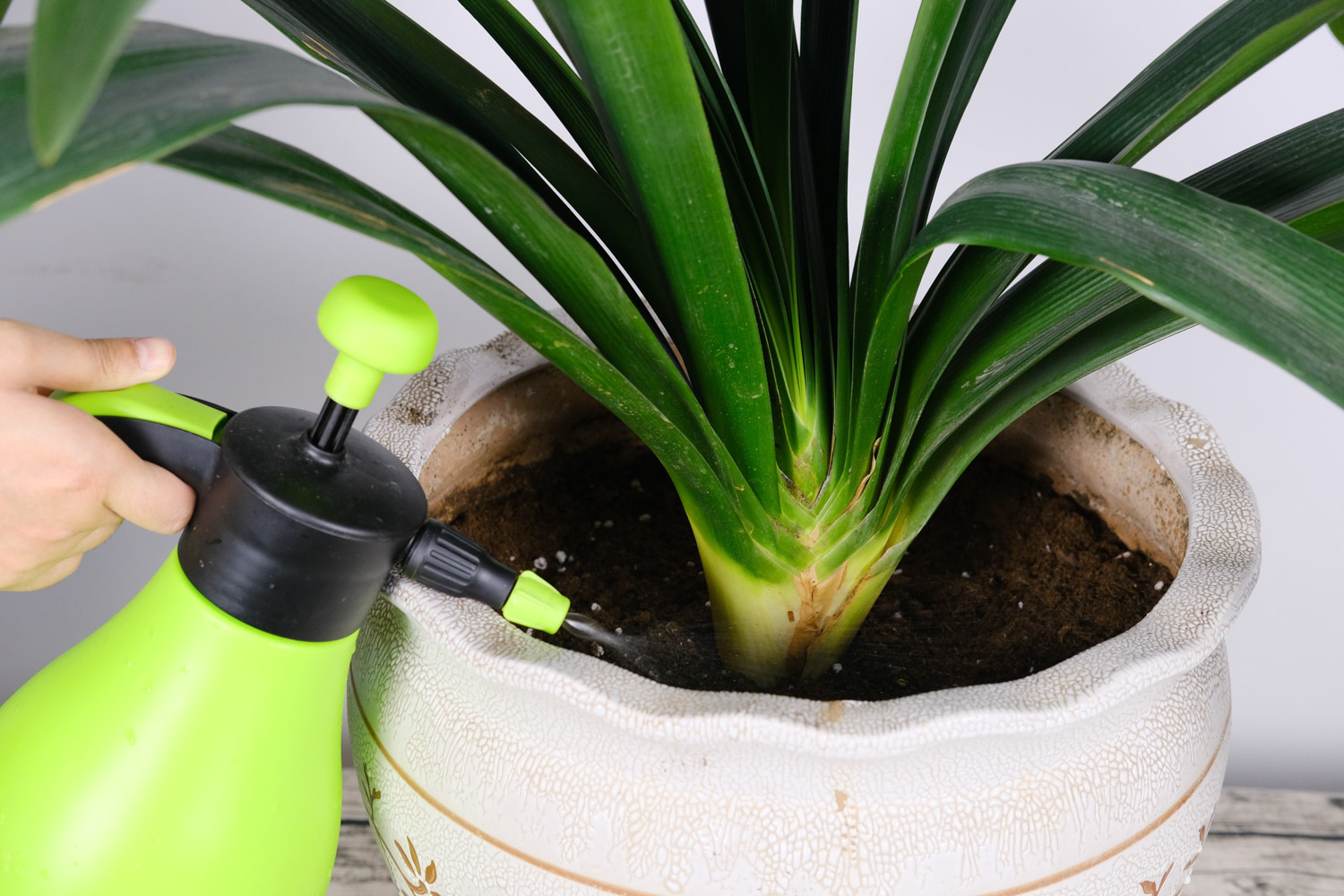
1. In autumn, the crab claw gradually recovers its growth. If it is guaranteed to shine for 8-10 hours a day, it will bloom in basically 2 months
2. After autumn, if the weather is hot, water once every 3-4 days. If there are flower buds, pay more attention to watering, otherwise it is easy to fall buds
3. Autumn is the period of flower bud differentiation of crab claw orchid. The fertilization is mainly phosphorus fertilizer, which is applied once in 7-10 days
Fleshy
1. The fleshy summer type is still in the vigorous growth period in early autumn, and can even blossom. Therefore, it is necessary to ensure sufficient sunshine, and the basin soil can be dried and watered
2. Spring and autumn type seeds begin to grow slowly in autumn. They can increase watering, do not apply fertilizer and avoid root burning. They can be maintained in a place with sufficient scattered light, and then transferred to direct light after complete growth
3. Winter type species also begin to grow in autumn, with a little water. Varieties with thick leaves such as raw stone flower and meat cone can be fully illuminated
Fortune tree
1. After autumn, place it in a place with bright indoor light and sufficient scattered light for maintenance
2. Small fortune trees should be watered once every 7-10 days, while large fortune trees should be watered once every 15-20 days. When 3-5cm of the basin soil surface turns white, it should be watered again
3. If the ventilation is poor, it is easy to suffer from red spiders or scale insects. If insects are found, they should be killed in time
Green Rose
1. After autumn, gradually extend the watering time, about once every 3-5 days, and wait until the basin soil is dry
2. In autumn, it can be maintained in a place with sufficient scattered light to ensure good ventilation
3. Green pineapple is particularly prone to yellow leaves in autumn. You can usually water the flowers with rotten rice washing water and fish tank water, about once every 7-10 days
Chlorophytum
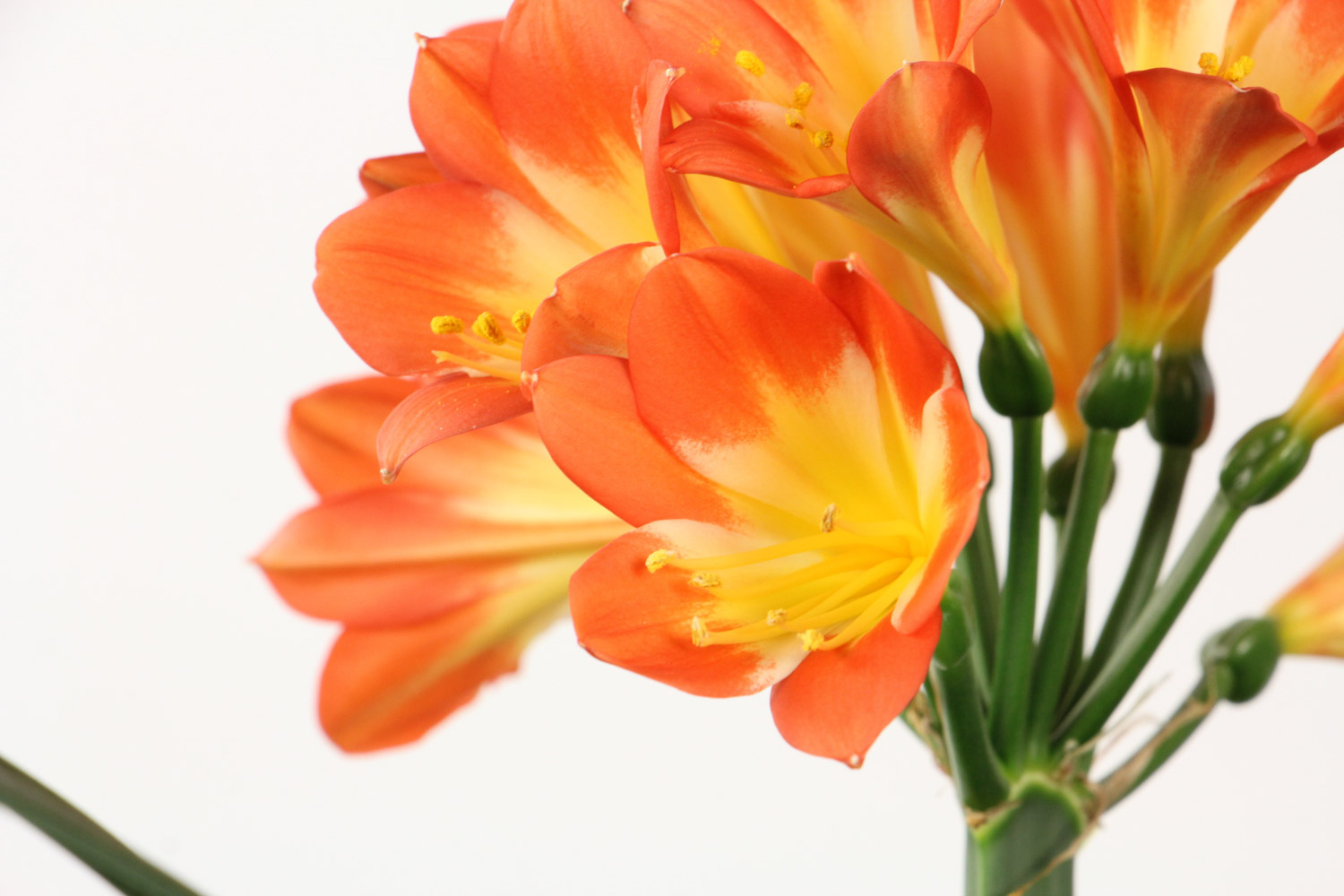
1. In autumn, avoid direct sunlight and put it in a well ventilated place with scattered light for maintenance
2. The climate in autumn is dry. Water once every 4-7 days and spray water on the leaves in the morning and evening to prevent the leaves from being short of water and dry
3. After autumn, thin liquid fertilizer should be applied once in about 15 days, preferably organic fertilizer. Flower leaf varieties should reduce the nitrogen content, otherwise the leaf pattern will become dim
Jasmine
1. Jasmine is still growing in summer and autumn. Only when it is placed in direct sunlight can jasmine Blossom more fragrant
2. Gradually reduce watering in autumn, water once every 2-3 days, and spray water on the leaves 1-2 times in the morning and evening
3. During the growth period, 0.2% ferrous sulfate solution can be sprayed once every 10-15 days to prevent yellow leaves
Gardenia jasminoides
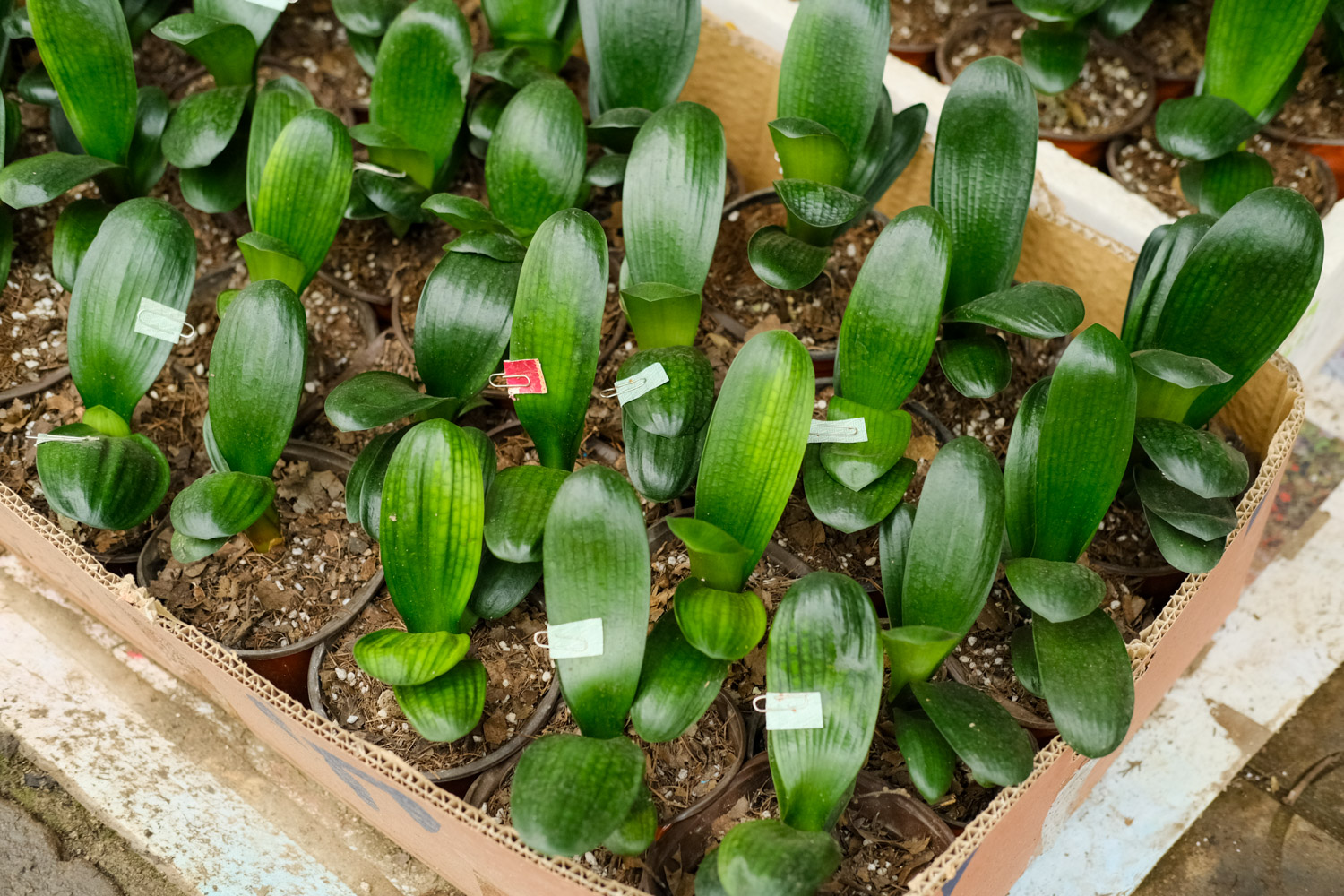
1. Gardenia can grow well only in the sun. It can be placed on the Nanyang terrace or the South windowsill to receive sufficient light
2. Ensure that the basin soil is wet, water it once every 2-3 days, and spray water on the leaf surface in the evening to prevent leaf wilting. Tap water should be dried for 2-3 days before use
3. About 7-10 days, irrigate the roots with 0.1% vinegar water or 0.2% ferrous sulfate water to make the Gardenia leaves green
Asparagus
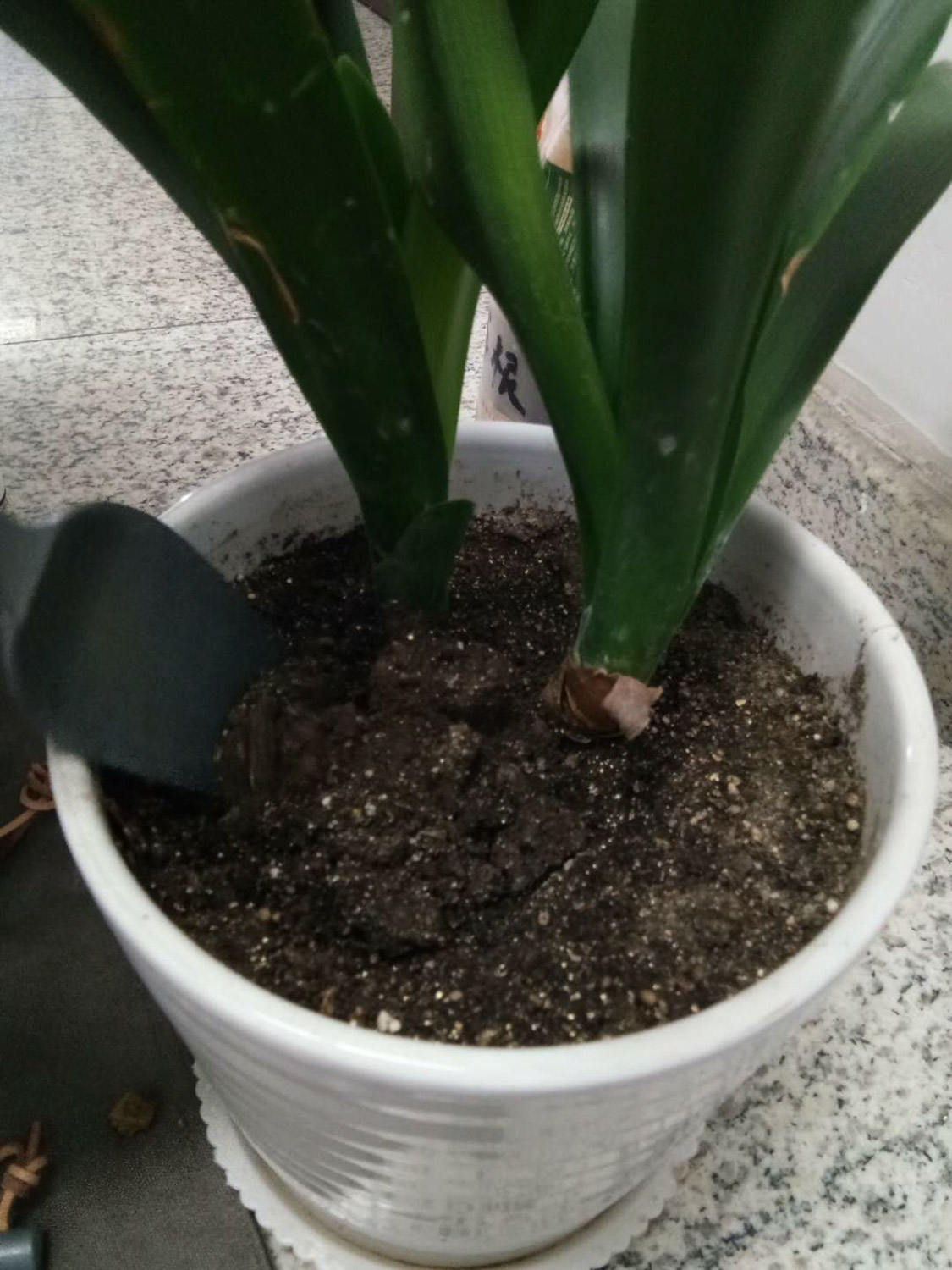
1. Asparagus likes half shade. When the sun is not strong in autumn, it can be exposed to the sun for a period of time
2. In autumn, water once every 3-5 days. When the soil is wet, spray water on the leaf surface once every 2-4 days to avoid yellow leaf wilting
3. In autumn, fertilizer containing nitrogen and phosphorus can be applied 1-2 times a month, or a little alum fertilizer and water can be applied to improve soil pH and make asparagus leaves greener
Rose

1. First of all, the sick and weak branches, dead branches and cross cluster branches formed in summer shall be cut off to ensure that the rose blooms in autumn and has sufficient nutrition
2. After autumn, the weather is relatively dry. Try to water it in the morning, about once every 3-5 days
3. When the rose begins to grow, the root should be irrigated with nitrogen-containing compound fertilizer, about once every 5-7 days, and stop after 4 consecutive times, so as to promote the differentiation of rose flower buds
Triangle plum
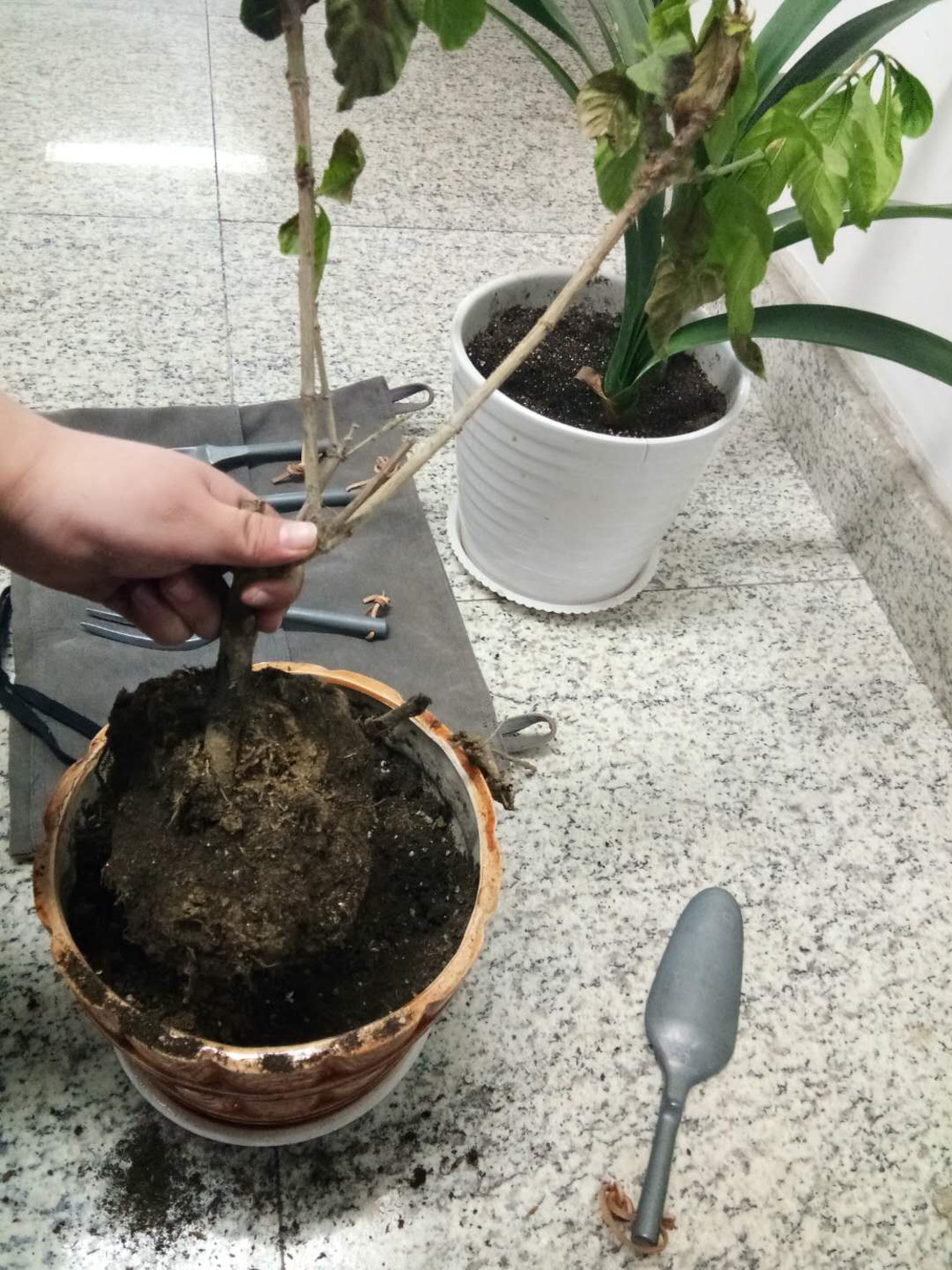
1. Triangle plum is afraid of exposure. The stronger the light, the better the flowering. Therefore, it can be placed on nanyangtai or South windowsill after autumn
2. After autumn, reduce the amount of water, about once a week, and spray water on the leaves 1-2 times in the morning and evening
3. Water control treatment starts in autumn. When the basin soil is completely dry and the branches and leaves hang down, water it again. Repeat this for half a month, and then water it normally for half a month, so that the buds of Prunus deltoides can bloom
幸福树
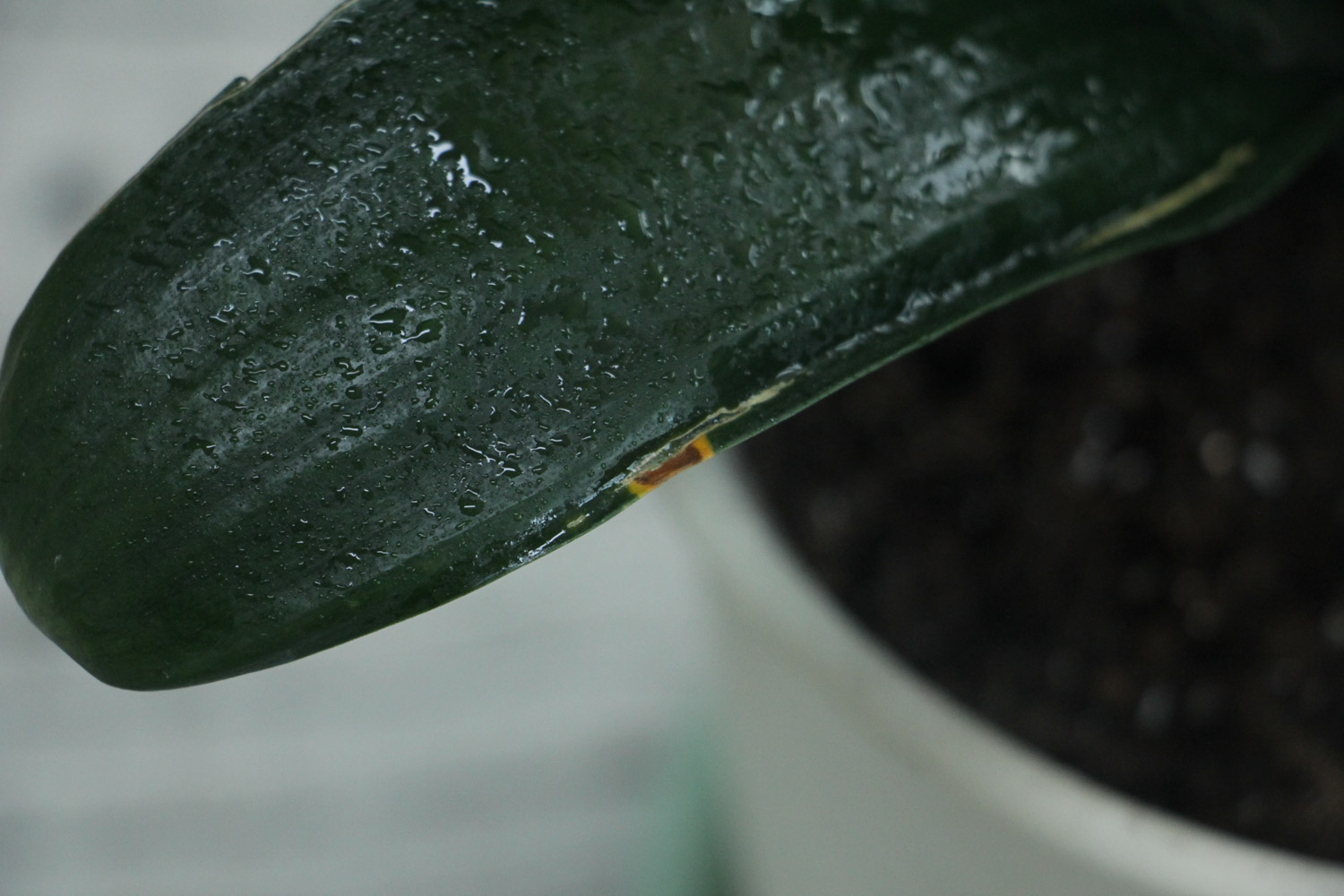
1. The happy tree likes half shade. After autumn, it can be placed in a place with sufficient scattered light
2. The decrease of temperature in summer can reduce the amount of water. Water should be poured once every 5-7 days. Water can be sprayed towards the leaf surface in the morning and evening. The leaves are prone to curl and turn yellow due to lack of water
3. Fertilizer can be applied after autumn. Compound fertilizer can be applied once every 10-15 days, or self-made traditional Chinese medicine residue fertilizer and bean cake fertilizer, so as to ensure the continuous growth of happiness tree
White palm
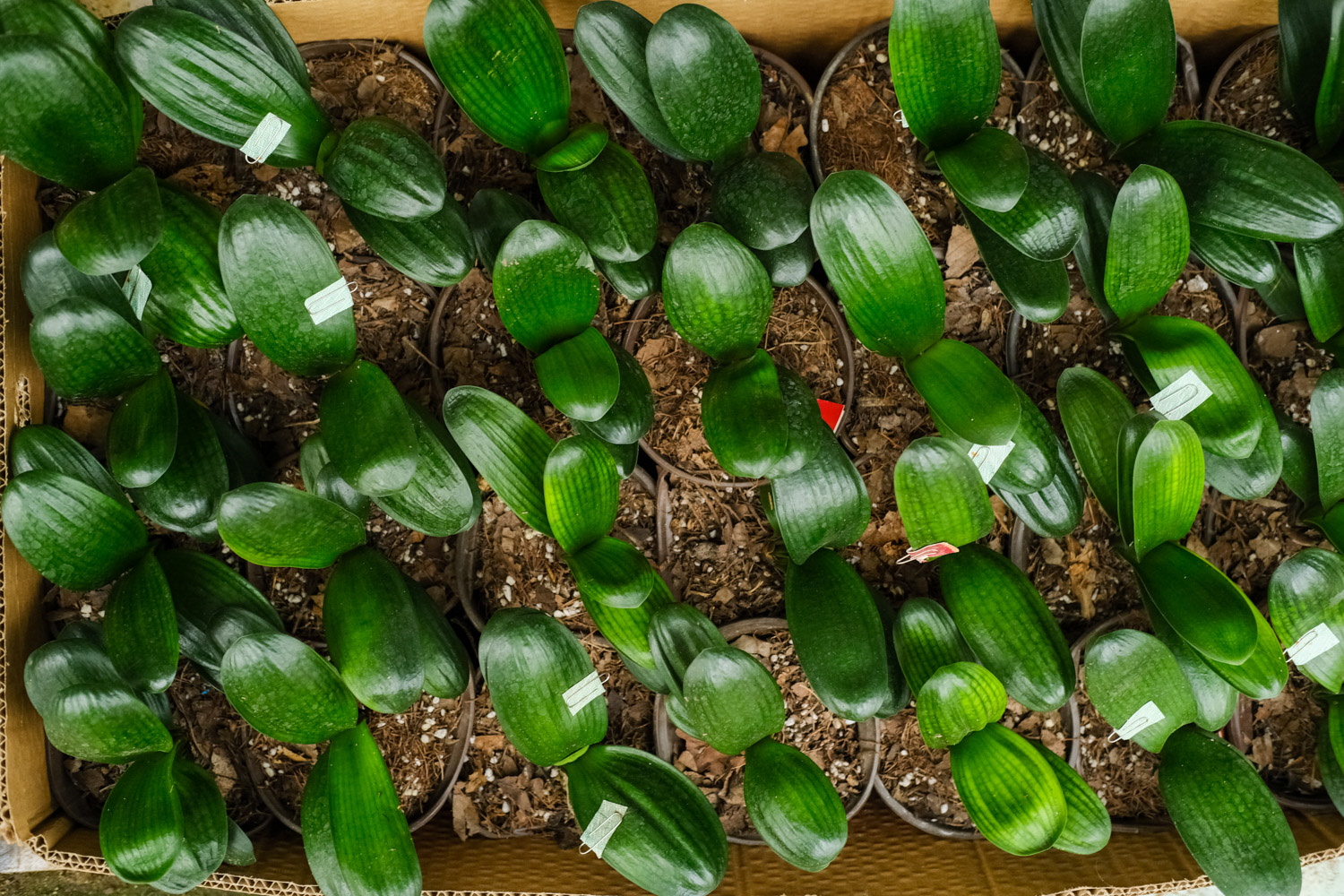
1. White palm likes half Yin, usually put in good scattered light place to maintain, otherwise will cause leaf burn, fade
2. White palm is easy to droop its leaves due to lack of water. After autumn, water it once every 3-5 days. Usually, spray water on the leaf surface sooner or later to ensure high air humidity in order to grow better
3. Gradually increase the amount of fertilizer application after autumn, and apply thin liquid fertilizer once every 1-2 weeks, such as rotten bean cake fertilizer, rice washing water, etc
Copper coin grass
1. The maintenance of Pennisetum is particularly simple. The more the sun shines, the better it grows
2. After autumn, water it once every 2-3 days. If it's water cultured copper coin grass, change the water once a week
3. If it is found that Pennisetum is flowering, it should be cut off in time, otherwise it will cause unnecessary nutrient consumption
Mint
1. After autumn, mint should also be placed in nanyangtai to receive direct light, so as to make the aroma of mint leaves more intense
2. After autumn, mint is still growing. You can apply fertilizer 1-2 times a month, mainly nitrogen fertilizer, to promote the healthy growth of mint
3. You can usually take off the mint leaves to soak in water or cook vegetables, which can clear away heat, detoxify and enhance resistance
Hupilan
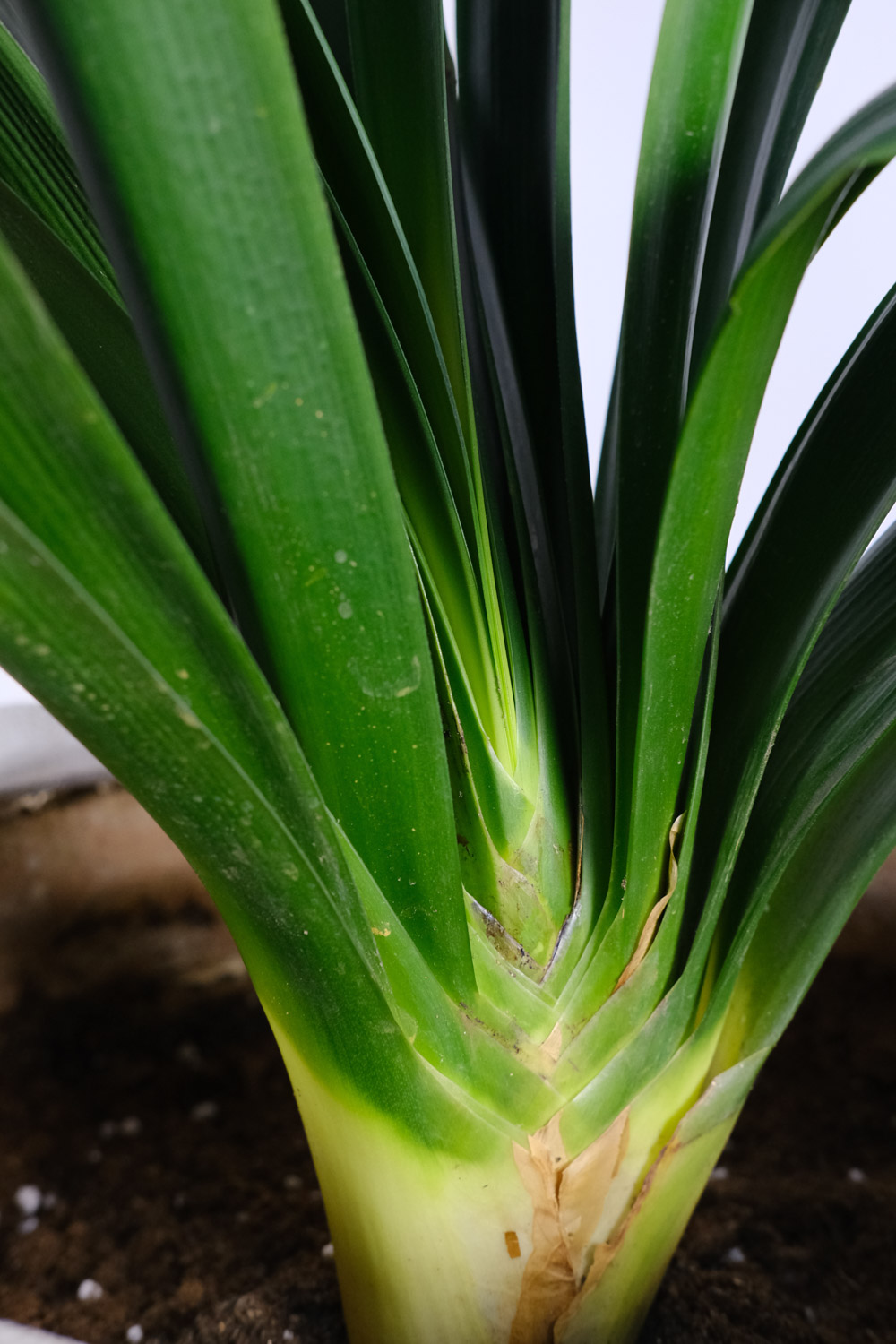
1. Hupilan needs sufficient light. Too dark light will lead to dull leaves. It can be placed on Nanyang terrace or South windowsill for maintenance
2. After autumn, reduce watering, about once in 7-10 days. More watering will lead to white leaves
3. Hupilan grows fast and is especially easy to burst. Old leaves and over dense leaves can be trimmed and then used for cutting
Fuguizhu
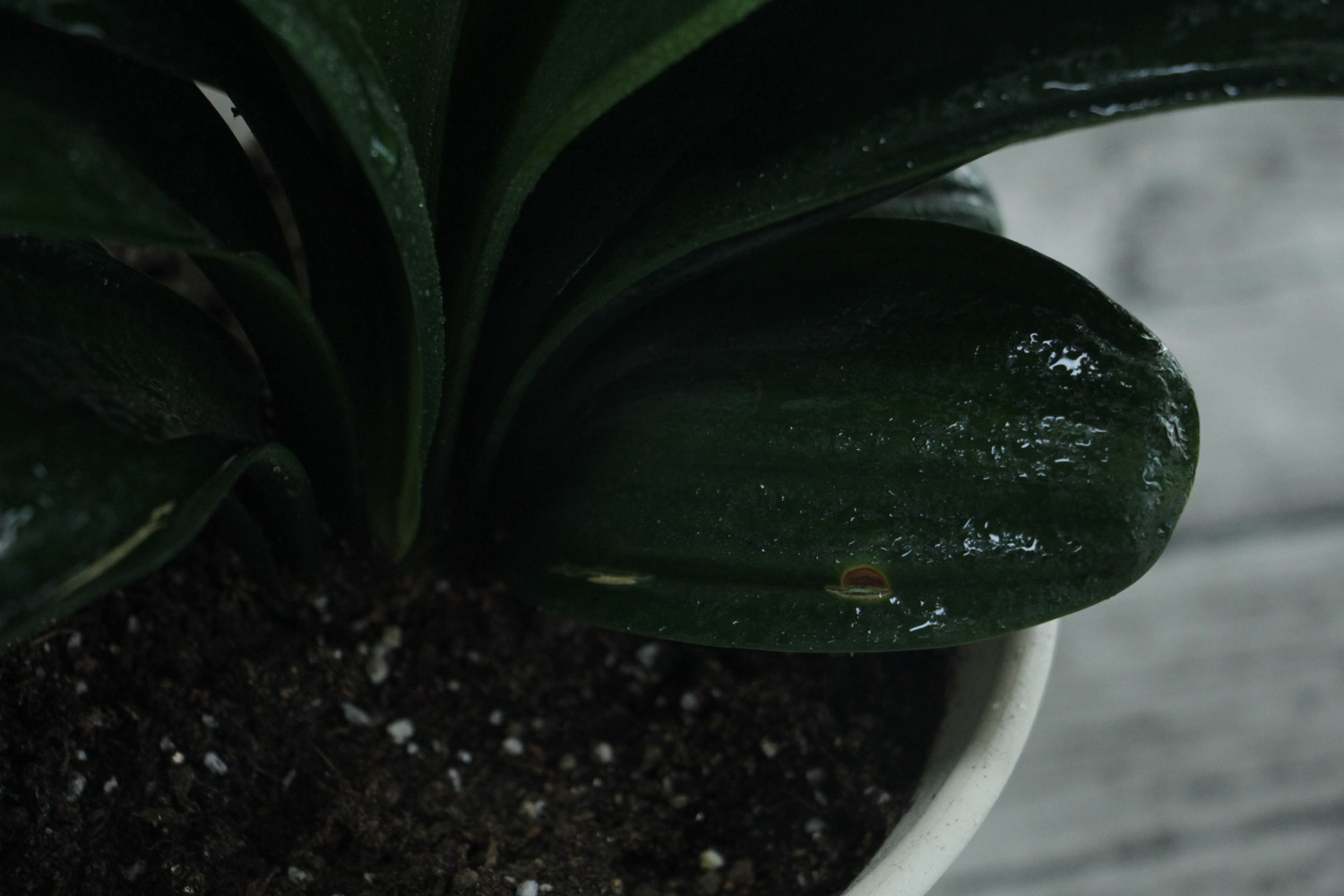
1. Fugui bamboo is shade resistant and should not be exposed to direct sunlight, otherwise it will cause slow growth
2. Fertilization can be increased after autumn. Compound fertilizer can be applied once a month. If it is hydroponic Fugui bamboo, add 0.2% potassium dihydrogen phosphate solution when changing water once every two weeks to ensure nutrient absorption
3. Water cultured Fugui bamboo is particularly prone to yellow leaves. You can add 0.2% ferrous sulfate solution to the water cultured bottle or throw in a rusty nail
Rubber tree
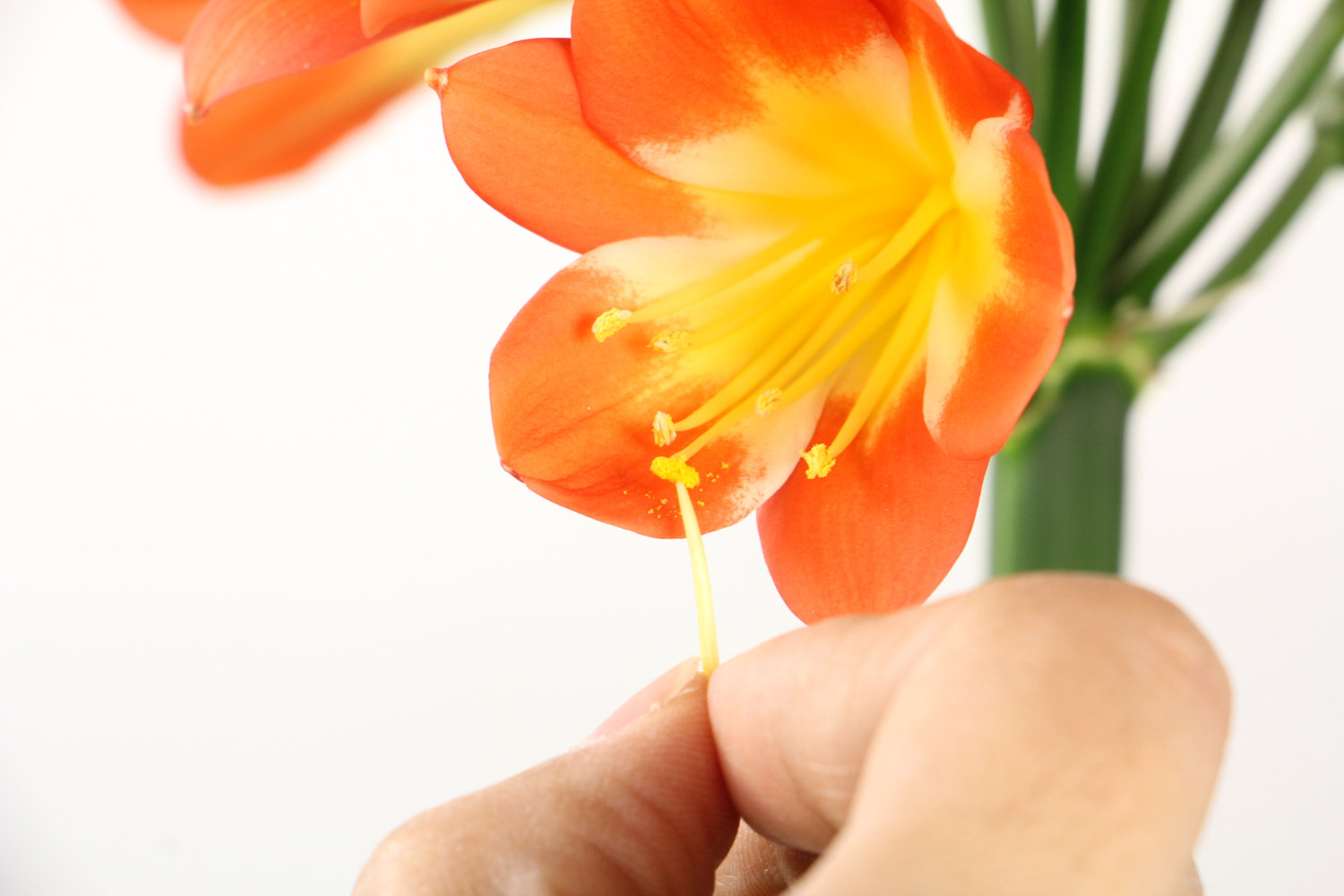
1. After autumn, rubber trees are also growing. They should be placed in places with sufficient scattered light. If exposed to the sun, their leaves will turn yellow, scorch and even fall off in large quantities
2. Reduce watering after autumn, about once every 5-10 days. When it is found that the surface of the basin soil is completely dry, water it again
3. Apply nitrogen-containing fertilizer 2-3 times a month in autumn to promote growth and development. Variegated varieties can be applied 1-2 times a month, with more phosphorus and potassium fertilizer
Milan
1. Milan likes the big sun, so in autumn, it should also be placed in a place with strong light, nanyangtai, South windowsill or a place with sufficient outdoor light
2. After autumn, water once every 3-5 days, and spray water on the leaves in the morning and evening to ensure sufficient water
3. Milan will blossom many times a year, so it needs to apply rotten fertilizer 1-2 times a month, mainly organic fertilizer and phosphorus and potassium fertilizer
龟背竹
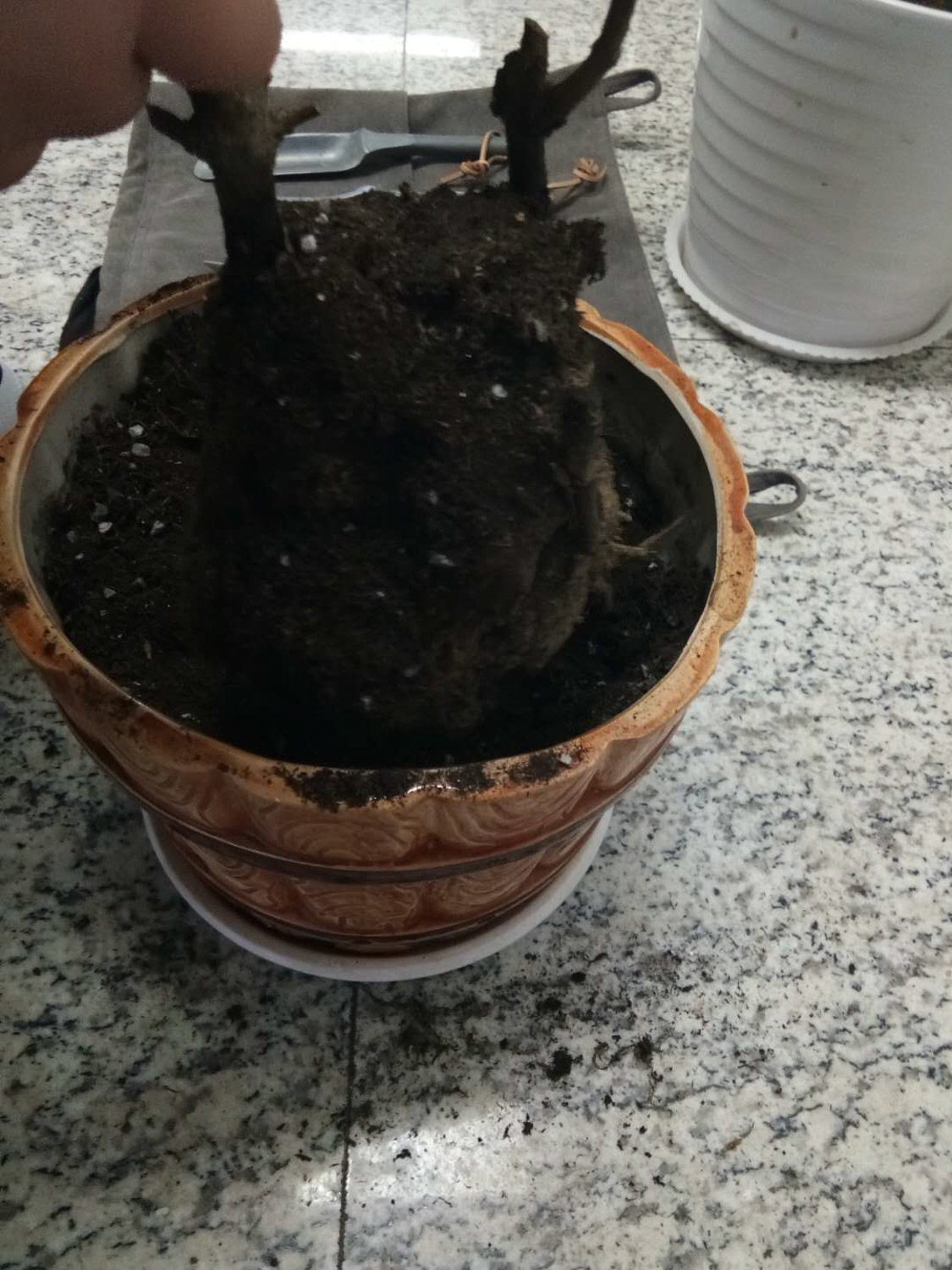
1. Phyllostachys pubescens is shade resistant and cannot be exposed to the sun. Otherwise, it is easy to burn its leaves. It can be placed in a place with sufficient scattered light indoors
2. Watering can be reduced after autumn, about once every 2-4 days, and then when the basin soil is completely dry, otherwise serious ponding will lead to rotten roots and drooping leaves
3. Fertilizer can be applied after autumn. Apply rotten nitrogen fertilizer once every 15 days, such as bean cake fertilizer and peel fertilizer, to make the leaves green and shiny. Pay attention not to stick the fertilizer on the leaves
Orchid
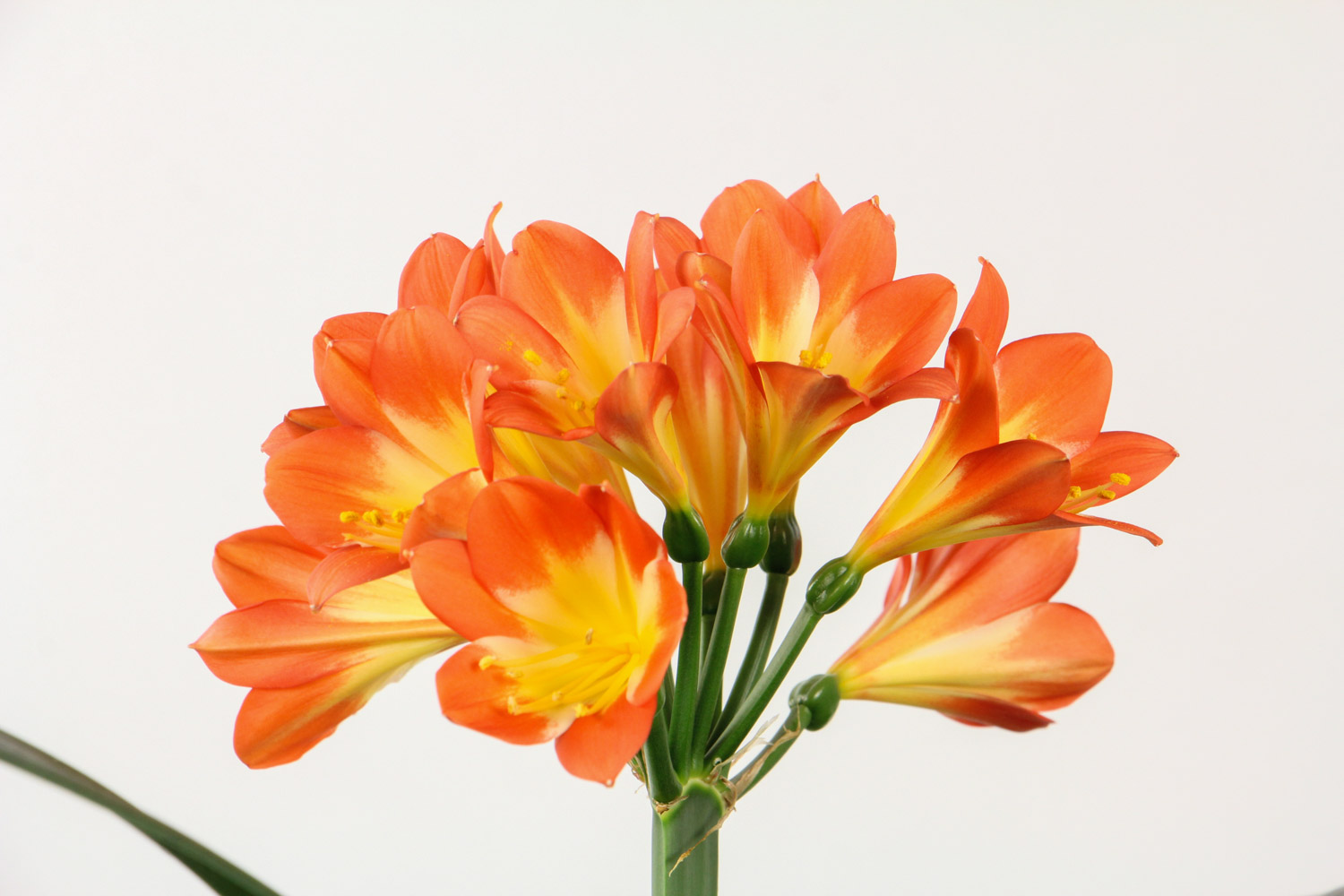
1. Orchids like shade. They should also be shaded after autumn. It is best to put them under the balcony or eaves with shading net. They can be shaded from 9 a.m. to 6 p.m. and receive scattered light at other times
2. Slowly reduce the amount of water in autumn, about once in 5-7 days. It's best to pour it in the morning and evening to avoid noon
3. The amount of fertilizer is gradually increased in autumn, about once in 2-3 weeks, and 0.2% potassium dihydrogen phosphate solution is sprayed once every 20 days to promote the flowering of pregnant buds of orchids
Ivy
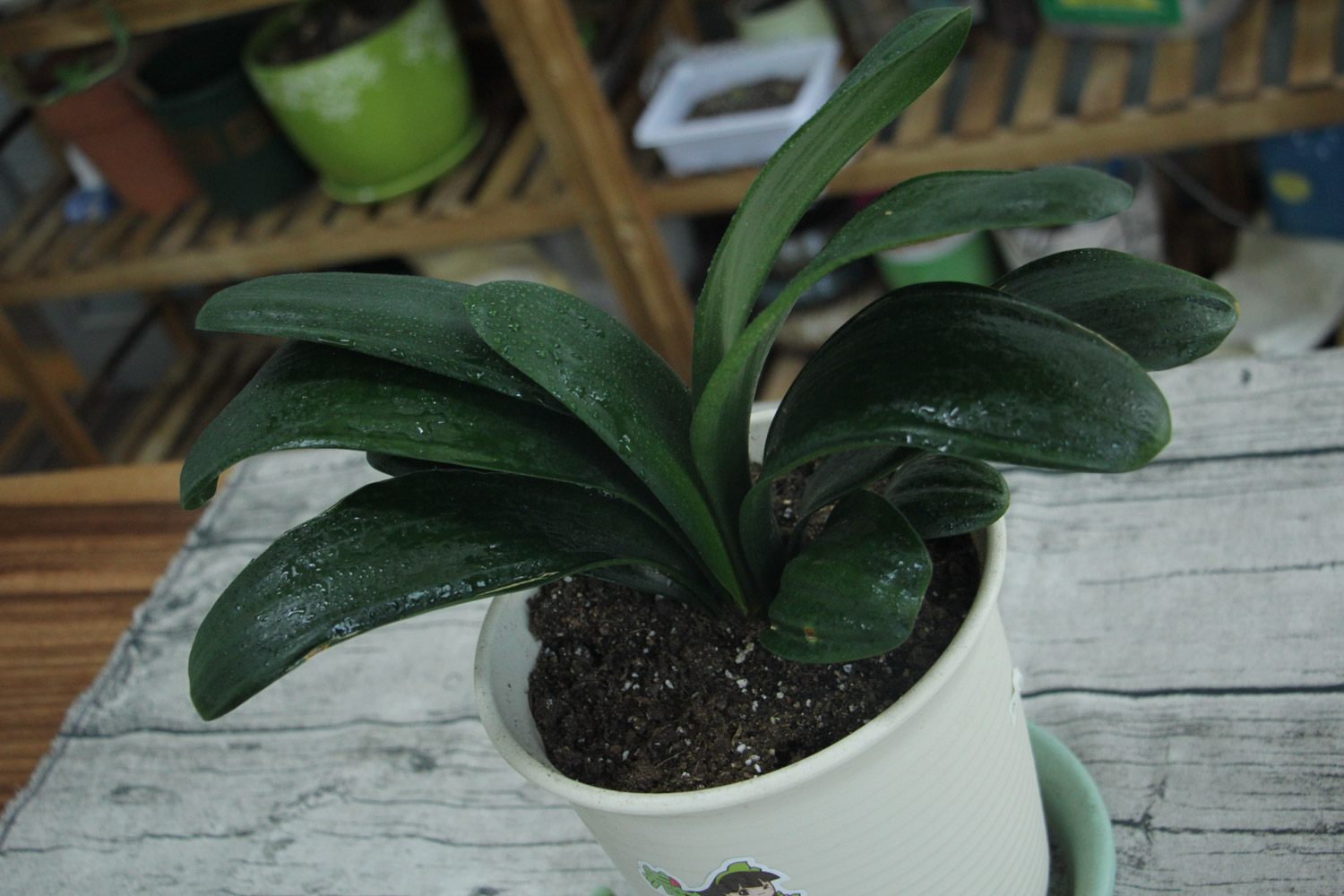
1. After autumn, ivy is also growing. Indoor maintenance should be placed in a place with sufficient scattered light. Direct sunlight will lead to dry leaves
2. Reduce the amount of water in autumn. Water once every 5-7 days. Usually spray water on the leaf surface to avoid water shortage and yellow leaves
3. The application of thin cake fertilizer and water once every 15 days can make the leaves more oily and shiny. The fertilizer cannot be splashed on the leaves, otherwise the leaves will be scorched
Camellia
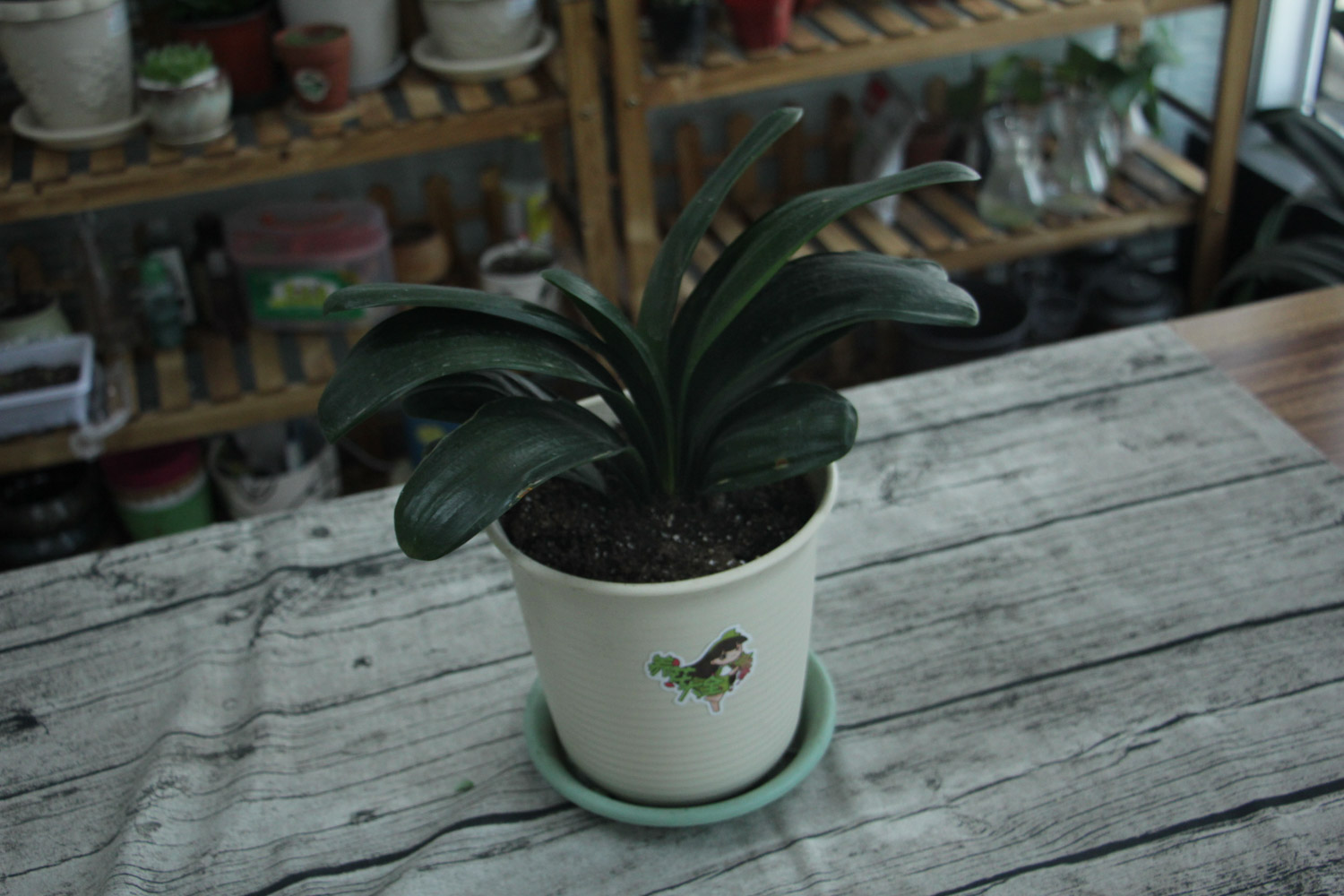
1. The climate is dry in autumn, and the temperature difference between day and night gradually increases. When Camellia buds are pregnant and autumn shoots sprout, you must pay attention to watering, about once every 3-5 days
2. The watering time can be 6-7 a.m. to ensure that the soil temperature is high, which is conducive to the growth of Camellia root system and the accumulation of nutrients. Watering in the afternoon or evening will reduce the pot soil temperature and is not conducive to the growth of root system
3. Fertilizer should be applied in autumn, mainly with phosphate fertilizer and supplemented with compound fertilizer. It can be applied once a month
杜鹃

1. After stopping dormancy in autumn, prune the branches as soon as possible, and cut off the Cross branches, over dense branches, overlapping branches, sick and weak branches on the Rhododendron plant, which is conducive to the ventilation and light transmission of the Rhododendron
2. Gradually reduce the amount of water, about once every 3-5 days. When watering, add a few drops of vinegar or ferrous sulfate solution to avoid Rhododendron yellow leaves
3. When the weather turns cool, the Rhododendron enters the autumn growth period. Apply 30% phosphorus containing liquid fertilizer once every 10 days, which can promote the growth of flower buds. The phosphorus fertilizer can be used after the chicken, fish viscera and meat washing water are completely decomposed
太阳花
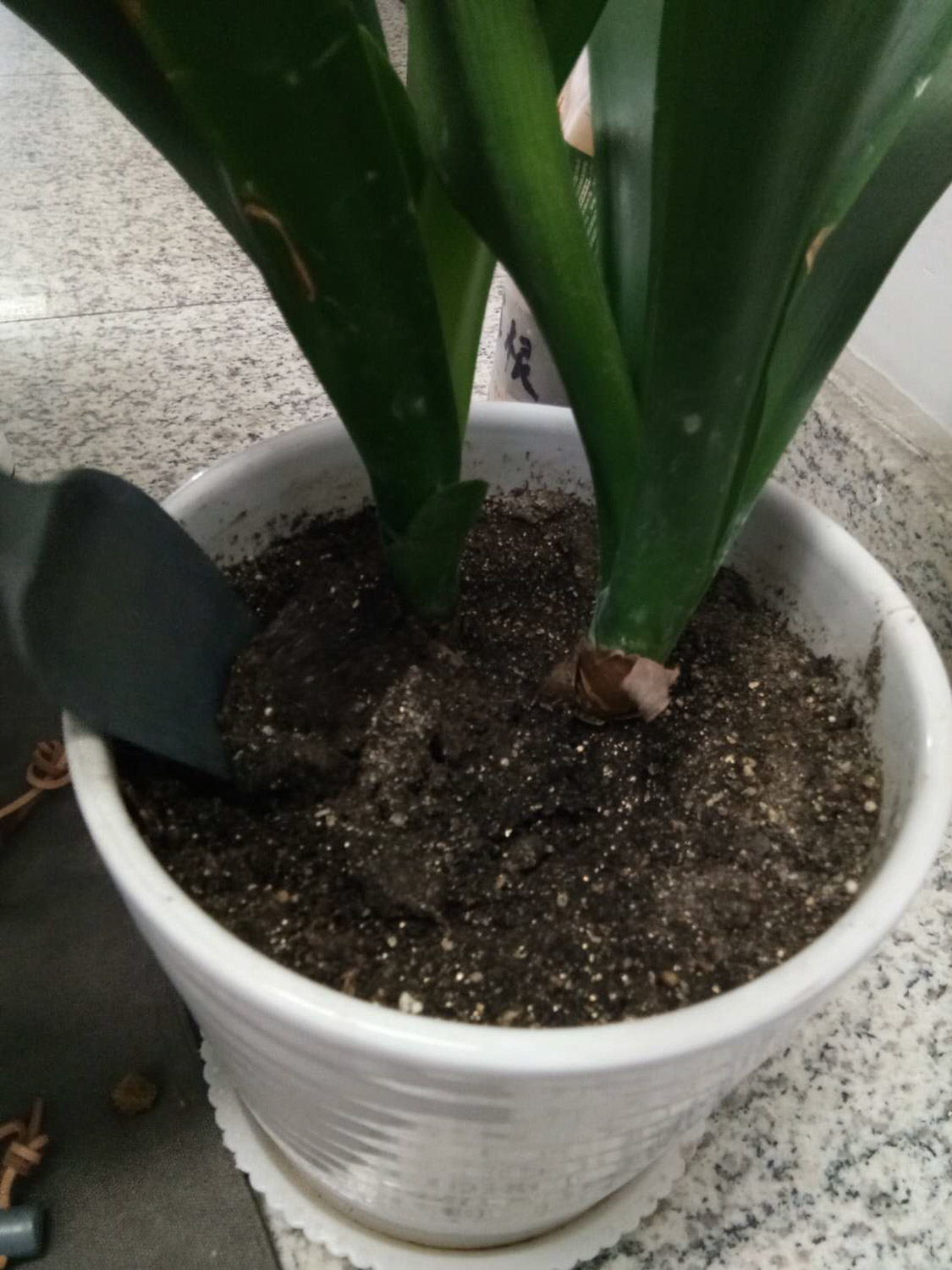
1. After autumn, let the sunflower shine with the sun, and the flower will still burst into pots
2. Applying 0.2% potassium dihydrogen phosphate solution once every half a month can meet the nutritional consumption of sunflower's continuous flowering
3. When the seedlings grow to 3-4cm, keep picking the heart and topping, so as to dwarf the sunflower quilt and ensure the perfect plant type
Osmanthus fragrans
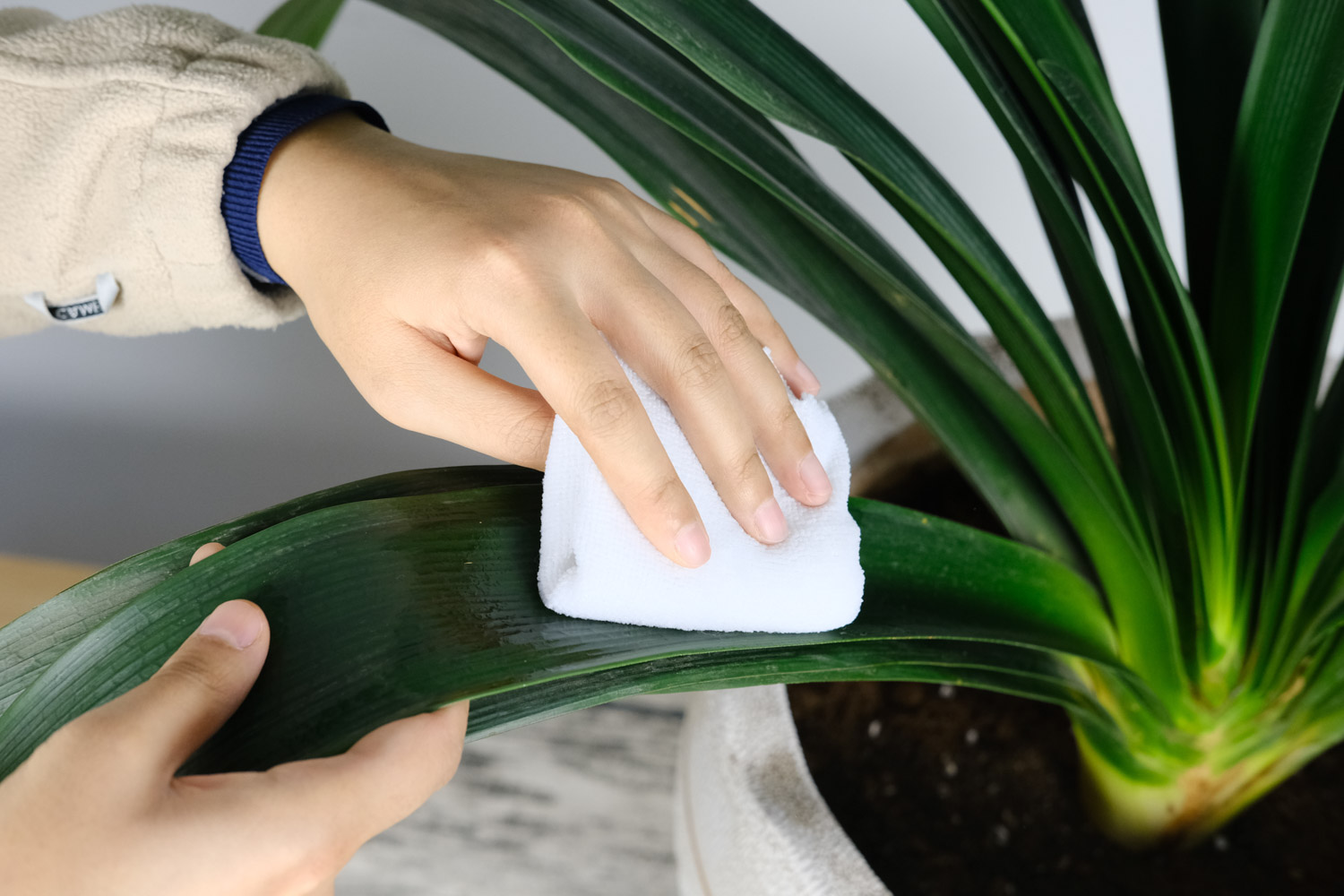
1. If you want sweet scented osmanthus to bloom, you should let it receive 6-8 hours of light every day after autumn
2. In autumn, we should apply liquid fertilizer based on phosphorus fertilizer once, which can promote osmanthus to breed flower buds and bloom more
3. Spraying 50% carbendazim solution daily can avoid the occurrence of Osmanthus anthracnose
Chrysanthemum
1. When watering, you should use a fine eye watering can to pour it slowly. You can't pour it through. It's best to do it before 10 a.m. in this way, you can keep the basin soil dry at night and avoid the crazy growth of stems
2. In autumn, after the chrysanthemum is pregnant, it can be applied with phosphorus and potassium fertilizer once a week, and watered in time after fertilization. If the leaves turn yellow, it can be sprayed with 0.1% urea solution
3. When the chrysanthemum grows to more than 10cm, start picking the heart. When flower buds appear in autumn, the lower flower buds should be removed, and only one flower bud at the top should be left on each branch
Rieger Begonia
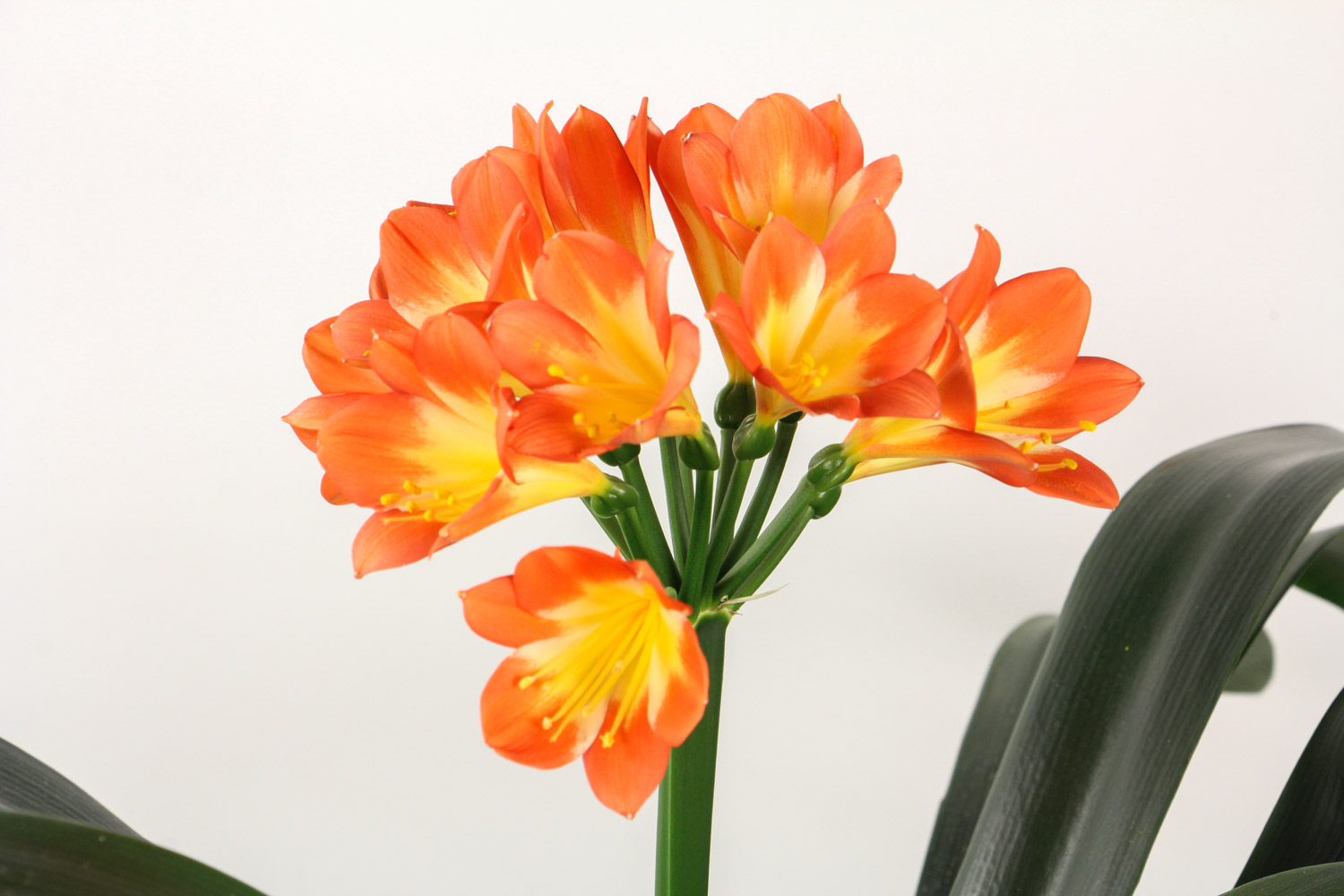
1. After autumn, liger Begonia will stop dormancy and begin to grow gradually. Just put it in the indoor astigmatism. Don't move it casually, otherwise it will affect the flowering
2. Lig Begonia doesn't like water. When the basin soil is dry, pour it again. You can insert your fingers into the soil about 3cm. If it is dry, pour it again, or watch the top stem soften and droop
3. After autumn, cut off the Cross branches, old branches and bare long branches. The time can be selected after flowering or before the next flowering to ensure the good-looking plant type

 how many times do yo...
how many times do yo... how many planted tre...
how many planted tre... how many pine trees ...
how many pine trees ... how many pecan trees...
how many pecan trees... how many plants comp...
how many plants comp... how many plants can ...
how many plants can ... how many plants and ...
how many plants and ... how many pepper plan...
how many pepper plan...



























